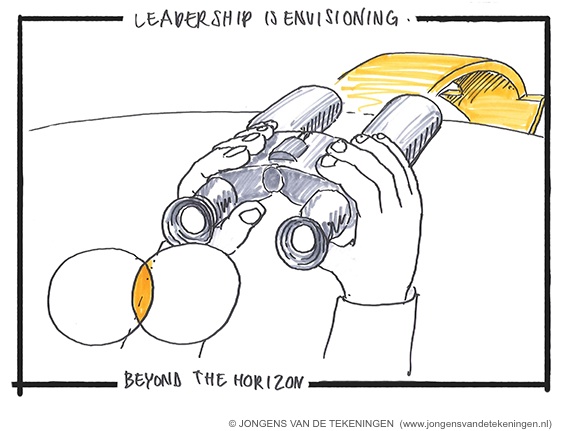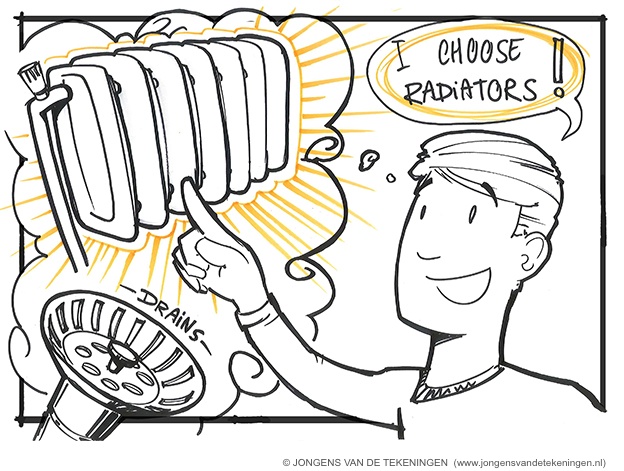

What if you could develop super early-detection powers for future breakthroughs and game-changing events? With that ambition in mind, I created: FuturePriming. Priming is a term from psychology that refers to “prompts that activate particular associations and influence behavior”. These prompts are generally the result of our upbringing, experiences and education, and explain why we react in a certain way, why we have certain thoughts when we hear the word “ice cream” or why we perceive things differently than other people do.
But you can also deliberately create these prompts, so that particular thoughts get activated once you notice the self-created prompts. And that’s where FuturePriming comes in.
Essentially, FuturePriming is about imagining, creating and recording your self-created prompts on changing realities. We call these prompt – or events - FutureFacts. In FuturePriming, you engage your imagination by entertaining unconventional, possibly disruptive, future events. This way, you are priming your mind to notice these first hints that initially only present themselves at the periphery of our attention.
In order to make this a practice, and ensure that you get the most from it—a rich yield of strategically relevant insights, while strengthening their ability to become a first-class noticer—FuturePriming is guided by four simple rules:
Obviously, you will need to capture, store and display your ideas, so they start serving you as prompts as you lead. That’s the practical side of this practice, but with this easy to integrate practice of FuturePriming, you can detect the early signals of change and become better at seeing change early. In the book, check out how Cisco applies this process to stay ahead of the pack.
Leadership behavior
 To close, as said, priming is not only intended to activate certain thoughts when real change presents itself to your primed and forewarned self - priming also influences behavior. In short, as youcan imagine, a leader primed with many interesting, thought-provoking, future-oriented ideas about what the future might bring will radiate a very different energy and display different behaviors than one whose hasn’t developed such inspiring thoughts. The Irish philosopher Charles Handy once said that there are two kinds of people: drains and radiators, and that he decided to spend his life with the latter. FuturePrimed leaders are much more likely to be radiators than the ones who have their thoughts directed to the past, and often drain in cynicism.
To close, as said, priming is not only intended to activate certain thoughts when real change presents itself to your primed and forewarned self - priming also influences behavior. In short, as youcan imagine, a leader primed with many interesting, thought-provoking, future-oriented ideas about what the future might bring will radiate a very different energy and display different behaviors than one whose hasn’t developed such inspiring thoughts. The Irish philosopher Charles Handy once said that there are two kinds of people: drains and radiators, and that he decided to spend his life with the latter. FuturePrimed leaders are much more likely to be radiators than the ones who have their thoughts directed to the past, and often drain in cynicism.